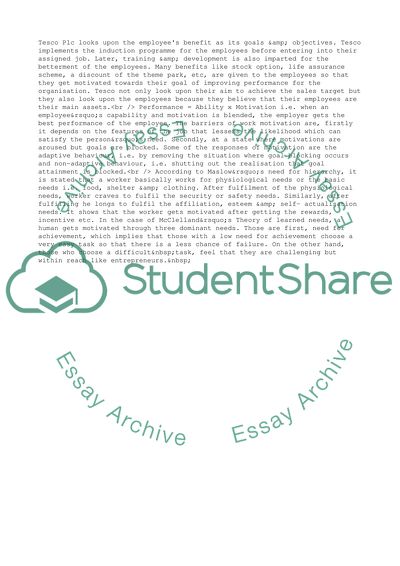Cite this document
(Organizational Behavior in Tesco Plc Case Study - 1, n.d.)
Organizational Behavior in Tesco Plc Case Study - 1. Retrieved from https://studentshare.org/management/1738277-organizational-behavior
Organizational Behavior in Tesco Plc Case Study - 1. Retrieved from https://studentshare.org/management/1738277-organizational-behavior
(Organizational Behavior in Tesco Plc Case Study - 1)
Organizational Behavior in Tesco Plc Case Study - 1. https://studentshare.org/management/1738277-organizational-behavior.
Organizational Behavior in Tesco Plc Case Study - 1. https://studentshare.org/management/1738277-organizational-behavior.
“Organizational Behavior in Tesco Plc Case Study - 1”. https://studentshare.org/management/1738277-organizational-behavior.


